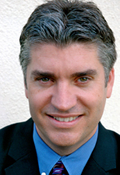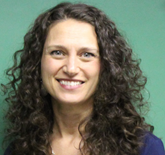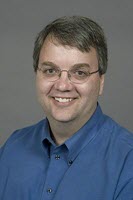From: The Washington Post
A White House advisory council on Tuesday issued a report urging federal prosecutors and judges to tread cautiously around forensic science on bullet markings, bite marks, tire tread marks and complex DNA samples, saying the science on them has not been proven by testing and research. The Post’s Spencer Hsu has the full story here, including strongly dissenting views from police and prosecutors’ groups, and the report from the President’s Council of Advisors on Science and Technology is included at the bottom.
University of Virginia law professor Brandon L. Garrett, who has written a book on flawed forensics and wrongful convictions, titled, “Convicting the Innocent: Where Criminal Prosecutions Go Wrong,” argues that the council’s report is well-founded and supports a 2009 National Academy of Sciences report that much of forensic evidence used in criminal trials is “without any meaningful scientific validation.”
By Brandon L. Garrett
“They weren’t looking for the truth. They were looking for a conviction,” Keith Harward said after he was exonerated. “They need to stop this stuff.”
Harward served 33 years in prison in Virginia before his exoneration on April 8 for a Newport News rape and murder that he did not commit. He was originally convicted based on false testimony by two experts claiming his teeth matched bite marks on the victim. If it were up to him, such unreliable forensics would be banned.
[Va. exoneration underscores mounting challenges to bite-mark evidence]
In a remarkable report released this morning, the White House’s Council of Advisors on Science and Technology prominently called on prosecutors to do just that: stop using unreliable forensics and stop making unscientific claims about the forensics. The administration’s recommendations are an important step toward safeguarding forensics and preventing tragic wrongful convictions.
After all, at Harward’s trial, it wasn’t just that the experts were wrong. They were spectacularly wrong. Yet they told the jury that they were totally certain they were right. One dentist testified to “a very, very, very high degree of probability those teeth left that bite mark.” A second dentist testified that “there is just not anyone else that would have this unique dentition.”
They were both wrong — and it gets worse. In a massive dental dragnet, police took over 1,000 molds of every Navy sailor on a ship docked at Newport News. One of those sailors was the actual culprit, but the bite experts didn’t detect him — DNA tests identified him 33 years later.
Stopping the use of unreliable forensics like bite-mark evidence is just the beginning. Despite depictions on shows like “CSI,” many types of forensics can provide valuable information but can also go wrong. Jurors understandably place great weight on testimony by an expert who claims to have found a match. But jurors might think differently if they heard about the real error rates for forensics.
Any human technique has an error rate, and a crucial quality control is to do testing to find out how good experts really are. It is not enough for fingerprint or bite-mark examiners to vouch for their own reliability. We must put their experience to the test. The few tests that have been done show disturbing error rates. For example, the White House report highlights a study showing a 1 in 18 error rate for fingerprint comparison and another showing a shocking 1 in 6 error rate for bite marks.
Cases like Harward’s are not isolated examples. Having read trial transcripts of DNA exonerees by the hundreds, I have found that more often than not, the testimony was exaggerated, overstated and erroneous. Of the first 330 people exonerated by DNA testing, 71 percent, or 235 cases, involved forensic analysis or testimony. DNA set these people free, but at the time of their convictions, the bulk of the forensics was flawed.
It has taken too long to respond to a national crisis of bad forensics. A 2009 report by the National Academy of Sciences concluded that much of forensic evidence used in criminal trials is “without any meaningful scientific validation.” Little changed. To be sure, scientists and researchers have made strides to improve forensics and how they are used in courtrooms; I have taken part in such efforts. However, the White House is right that seven years later, it is time for the use of flawed forensics to come to an end.
Here is the full report:
Pcast Forensic Science Report Final by Tom Jackman on Scribd

 Order Here
Order Here















